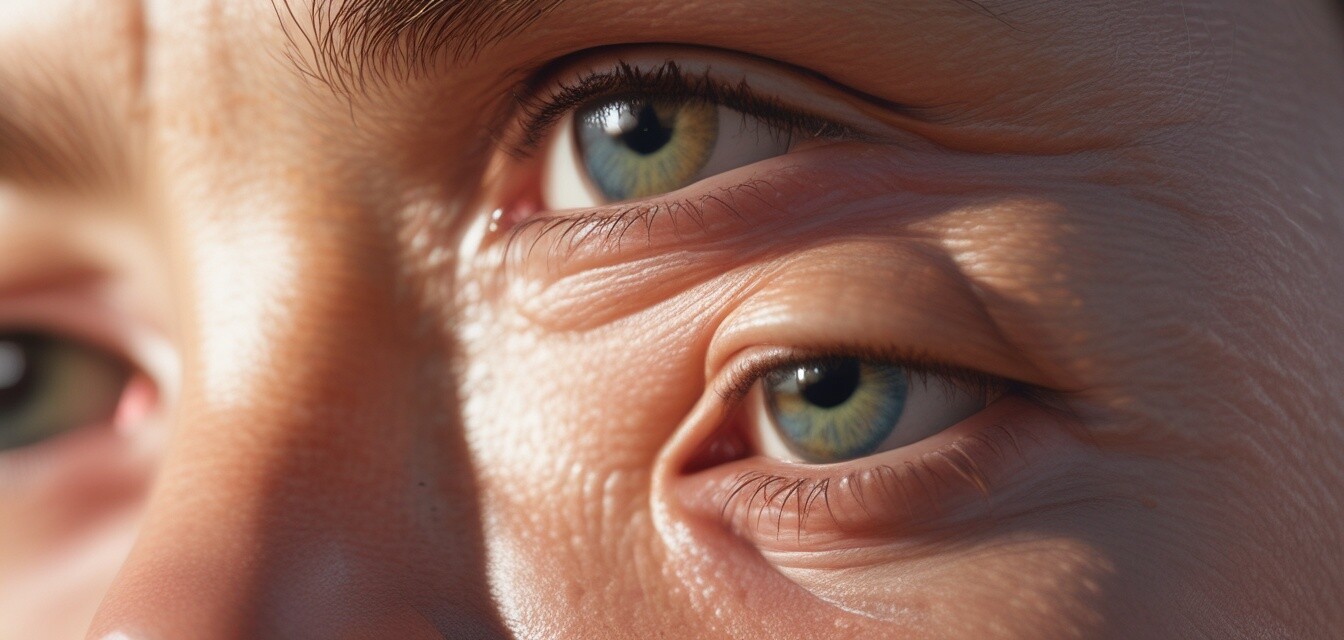
Recognizing Skin Damage: When to Seek Help
Key Takeaways
- Early recognition of skin damage from UV exposure is crucial.
- Signs to watch for include redness, peeling, and changes in skin texture.
- Seek professional help if you notice persistent changes or if discomfort increases.
- Wearing UV protective clothing can help minimize skin damage.
- Regular skin examinations are key to maintaining skin health.
As outdoor activities become more popular, recognizing signs of skin damage is crucial for maintaining skin health. The sun's UV rays can sneak up on us, and knowing when to seek professional help can make a substantial difference in early detection and treatment. This article will provide insights into the early signs of skin damage and when it's advisable to consult a healthcare professional.
Understanding the risks of UV exposure
Ultraviolet (UV) rays can cause significant skin damage, contributing to conditions like sunburn, premature aging, and even skin cancer. Recognizing the effects of UV exposure is vital, especially in areas with high sun exposure.
Common signs of skin damage
| Sign | Description | When to Seek Help |
|---|---|---|
| Redness | A sign of inflammation indicating a burn. | Persistent redness or worsening condition. |
| Peeling skin | Occurs after significant sunburn, indicating damaged skin layers. | If accompanied by severe pain or temperature changes. |
| Dark spots | Often that indicates sun damage and potential photoaging. | If new spots appear or existing spots change in size or color. |
| Itchiness | Can accompany damaged skin and may lead to irritation. | If persistent or severe enough to disrupt daily activities. |
When to consult a healthcare professional
Recognizing the importance of consulting a healthcare professional cannot be overstated. Here are scenarios to consider:
- When skin damage does not heal properly or worsens over days.
- If you develop blisters or severe pain after sun exposure.
- When you notice sudden changes in moles or skin lesions.
- If you experience persistent itchiness or redness that does not subside.
The role of UV protective clothing
Wearing UV protective clothing is a proactive way to safeguard your skin during outdoor activities. This specialty clothing is designed to provide a higher level of protection than regular garments.
Top benefits of UV protective clothing
| Feature | Standard Clothing | UV Protective Clothing |
|---|---|---|
| UPF Rating | UPF 5-10 | UPF 30-50+ |
| Reapplication | Frequent sunscreen needed | Consistent protection throughout wear |
| Comfort | Regular fabric with limited breathability | Often moisture-wicking and cooling properties |
| Versatility | Limited to casual use | Available in casual, athletic, and swimwear |
Regular skin checks - a vital habit
Performing routine skin checks can help in the early detection of abnormal skin changes. Here's how you can effectively check your skin:
- Use a mirror to examine all areas of your body, including hidden parts.
- Look for new growths, changes to existing moles, and any unusual textures.
- Document any changes to discuss with a healthcare professional during visits.
Tips for effective sun protection
- Always wear a hat and sunglasses for added protection.
- Seek shade, especially during peak sun hours (10 AM to 4 PM).
- Use a broad-spectrum sunscreen with a high SPF, even on cloudy days.
- Stay hydrated and wear lightweight, loose-fitting clothing for comfort.
- Educate your family about sun safety, especially children.
Pros
- Proactive protection against UV rays.
- Convenient and easy to wear for all outdoor activities.
- Reduces the need for constant reapplication of sunscreen.
- Available in various styles suitable for different occasions.
Cons
- Higher initial investment compared to regular clothing.
- Limited color choices compared to mainstream fashion.
- May require special care during washing.
Conclusion
Recognizing skin damage due to UV exposure is vital for maintaining skin health. Understanding the signs and knowing when to seek help can lead to early intervention and better health outcomes. Coupled with UV protective clothing and conscious sun safety practices, you can enhance your protection against harmful UV rays. Always take the necessary steps to educate yourself and those you care about; making informed decisions can have lasting benefits for your skin’s health.
For further information on sun safety, check our Health and Safety Tips blog category for helpful insights.